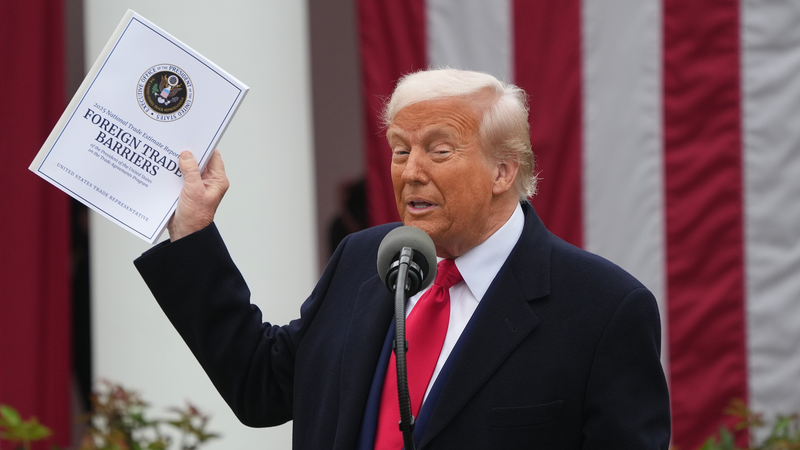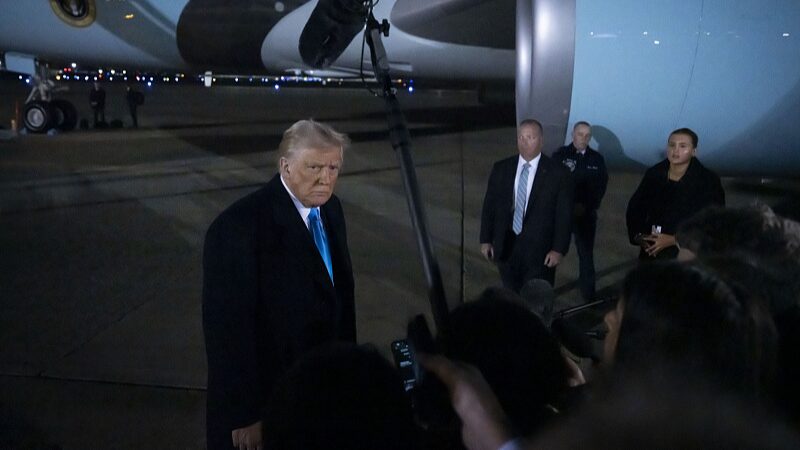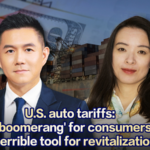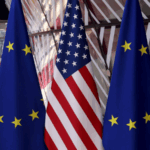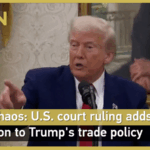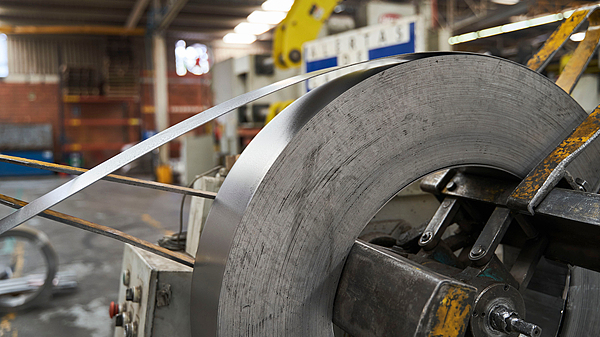U.S. President Donald Trump's latest tariff strategy has ignited global debate, leaving experts scrambling to decode its logic. Nicknamed 'Liberation Day' tariffs, the policy imposes a 10% baseline tax on most imports, with 25% slapped on cars and auto parts. But critics are calling it everything from 'mad' to 'insane,' while others hunt for hidden strategy in the chaos.
🔍 The 'Liberation Day' Formula: Trump's team used a controversial equation—dividing a country's trade surplus by its total exports—to determine tariffs. 'Kindly' halving the result, the move hit China, Southeast Asia, and Europe hardest. Poorer nations, unable to buy much from the U.S., now face steep tariffs too. Meanwhile, Canada and Mexico got a temporary pass—likely to avoid immediate blowback. 🇺🇸💥
💸 Who Pays the Price? Despite claims that foreign exporters foot the bill, American importers—and ultimately consumers—are feeling the pinch. Prices on everyday goods could climb, fueling inflation. And the promise of 're-industrializing America'? Economists say tariffs alone won't revive factories without tax breaks, tech investment, and targeted policies. It's like trying to fix a car with just duct tape. 🔧🚗
🤔 Strategy or Chaos? Analysts are split. Some see a masterstroke to pressure trading partners; others call it economic roulette. One thing's clear: Big businesses hold major sway in U.S. policy, complicating any real 'industrial revolution.' As one expert put it, 'You can't control the game if the players control you.' 🎮💼
Reference(s):
cgtn.com
